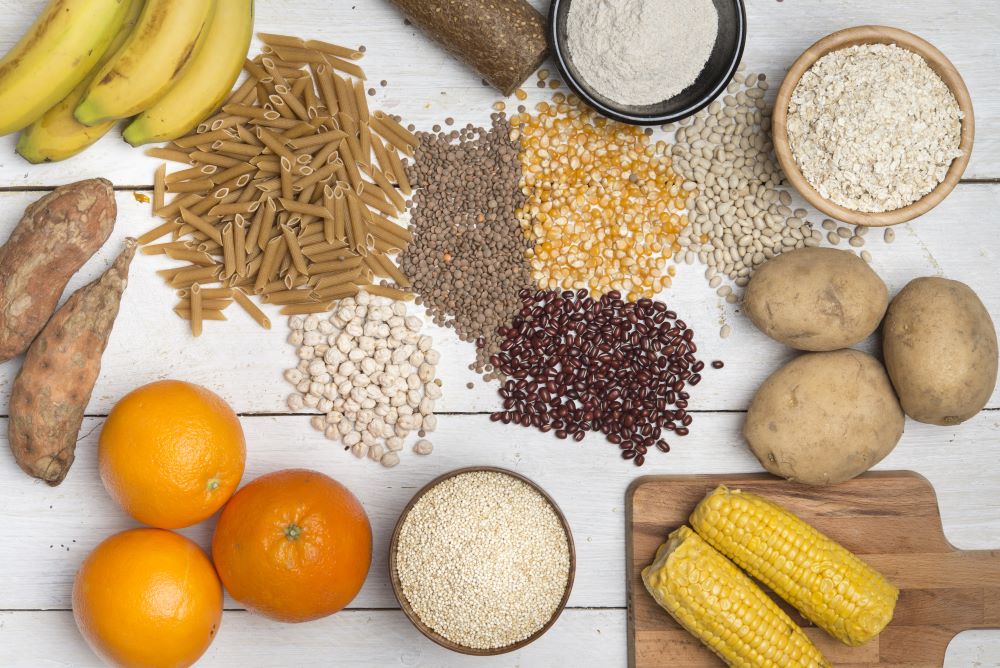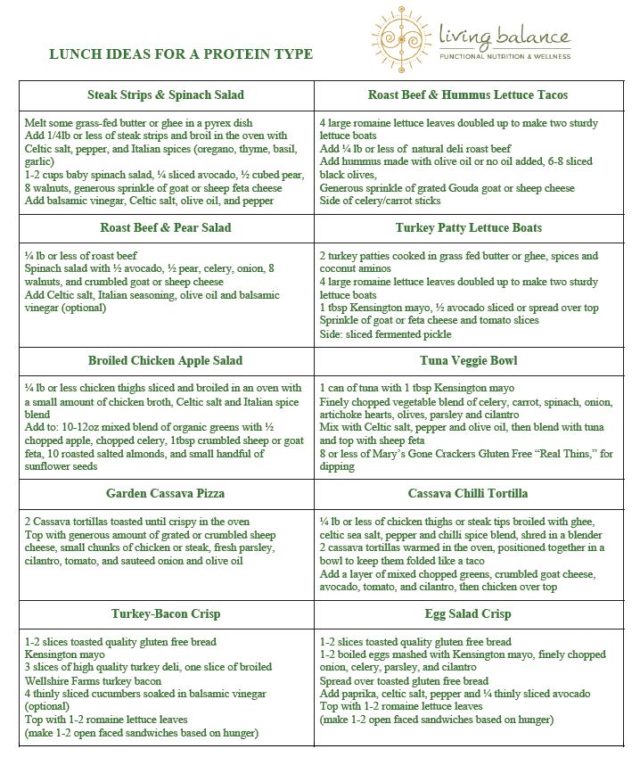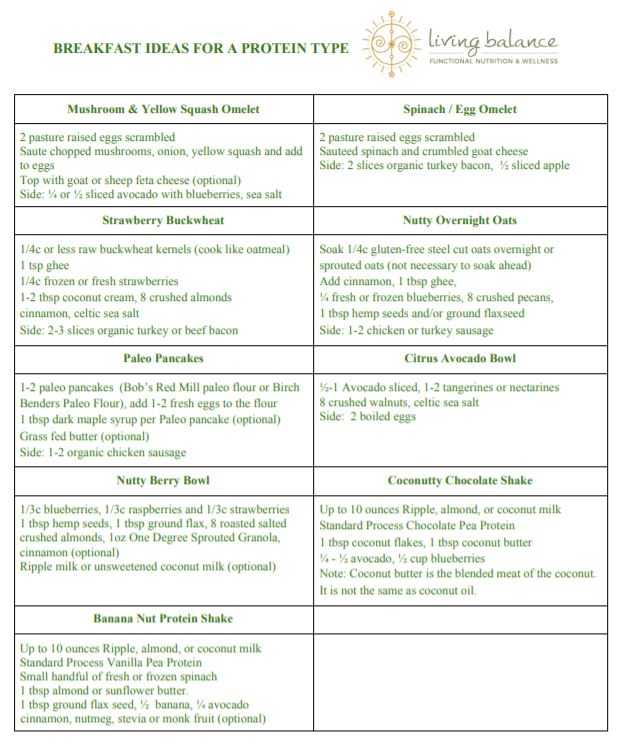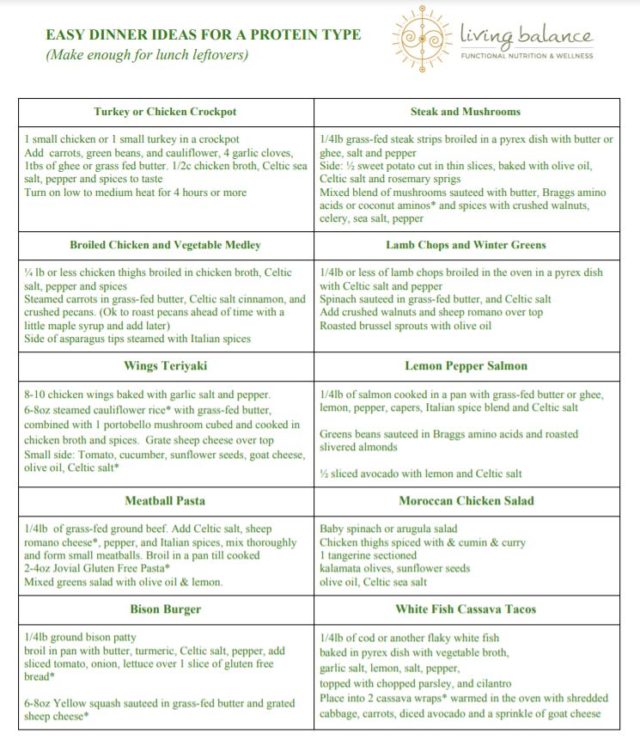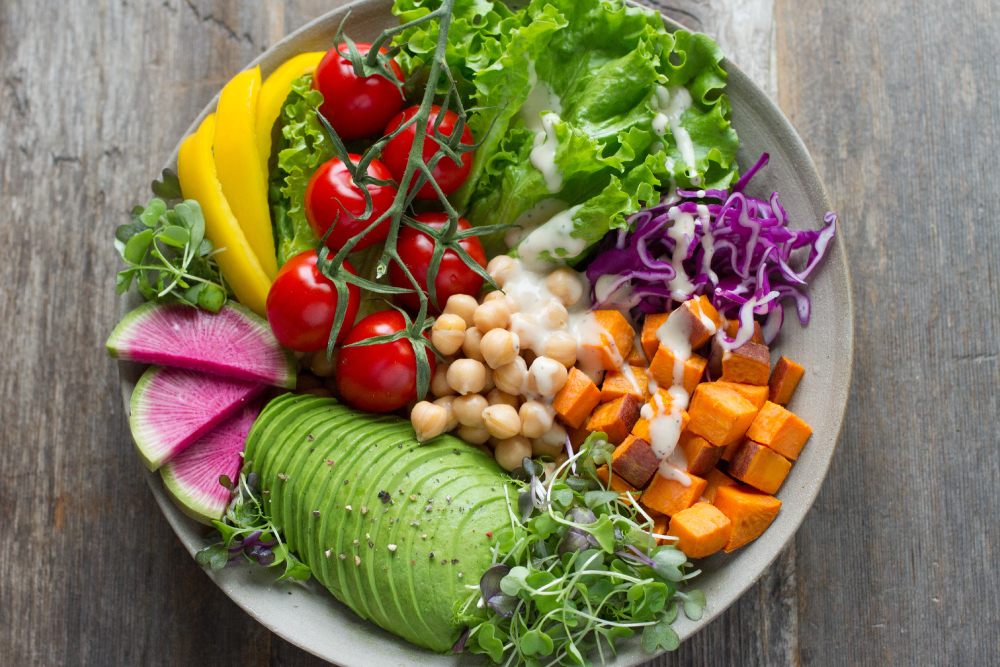Gluten is the protein found in many grains, including wheat, rye, barley, triticale, spelt, durum, semolina, couscous and seitan. Most breads, pastas, pastries, muffins, cereals, pancakes, waffles, and crackers contain gluten. Although grains containing gluten are okay in moderation for some people, in general they are widely over consumed, and have been known to result in food allergies or sensitivities, celiac disease, digestive issues and inflammation.
If you tend to consume gluten every day or week, (which is not hard to do), it might be wise to avoid it altogether for a while, then reintroduce it in moderation after a period of no less than three months. If you want to test how gluten affects you, it is very important to completely eliminate it for the full three months. This is because it can take up to 90 days for gluten protein to metabolize out of your system. You’ll need to give yourself a 90 day or more break in order to properly assess whether it has a negative influence.
If you know you are gluten sensitive, or have been diagnosed with celiac disease, you can start to heal or minimize your sensitivity by eliminating gluten from your diet, as well as identifying and removing other culprits that can lead to gut inflammation (As a functional wellness and nutrition consultant, I can work with you to follow an anti-inflammation diet if needed). Once that process has been completed, you can strengthen your digestive system with specific nutrients identified for your individual needs.
Initially, following a gluten-free diet can feel overwhelming. However, with time and patience, you’ll find there are many foods you already enjoy that are gluten free and many tasty substitutes for those that are not. That being said, buyers beware! Don’t be fooled into thinking you’re improving your eating habits and choosing healthier options simply by purchasing items that state “gluten free” on the package. Many of these items contain nutrient deficient starch such as corn starch, potato starch, rice starch, and tapioca. When shopping gluten free, look for whole grains that are naturally free of gluten such as quinoa (keen-wah), buckwheat, amaranth, millet, wild rice, and brown rice. All of these grains, aside from rice, also contain the highest amount of protein out of the grain family, amaranth being the highest and most complete.
If you’re unsure about how to get started on a gluten free diet, please contact me for help – I am an experience functional nutrition consultant. You can even try going grain free altogether for a few weeks or months. You’ll most likely lose weight, and feel quite energized.



